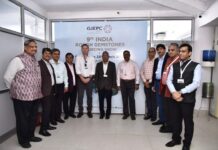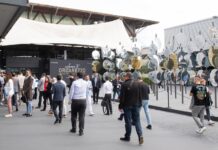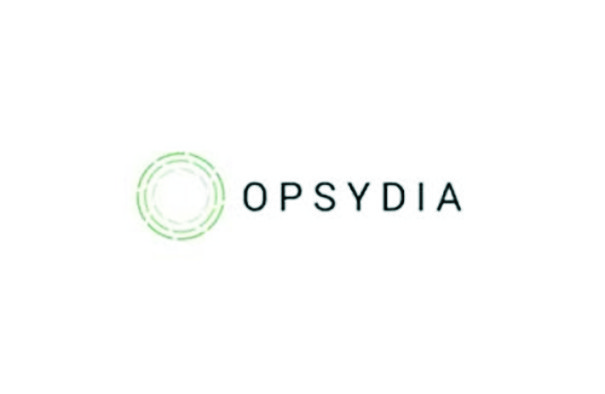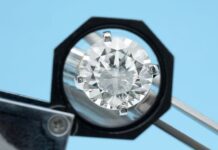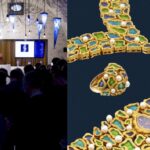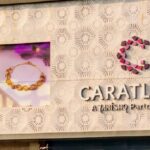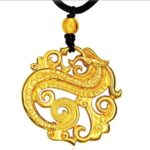De Beers Group will be using a new technology developed by Opsydia, a spin-out company from the Department of Engineering Science at the University of Oxford, to inscribe all the lab-grown diamonds above a specified size that will be used in its new Lightbox jewellery, the latter Company has announced.
Opsydia said that the technology is one of the first to allow laser inscriptions below the surface of a stone, making it virtually impossible for the inscription to be polished off economically. Moreover, the laser marks areless than 1/50th of the size of a human hair and hence will have no effect on the quality of the stones.
Steve Coe of Lightbox said, “This internal laser marking technology will provide a robust means for the simple, visual identification of the stones in Lightbox Jewellery as being laboratory grown, while at the same time providing assurance to consumers that this product has been manufactured to high standards by a world leader in this field.”
The marks will also prevent the stones used from being passed off as natural, and serve as a guarantee of quality, De Beers had said.
The Oxford University company uses laser pulses shorter than one trillionth of a second in length, shot over a million times per second, to create tiny lines which can be written as numbers or logos within a diamond. These are invisible to the human eye but can be viewed via a microscope. Opsydia said that this technology can also help provide natural diamonds with higher security, which can be maintained even when gems are mounted in jewellery.
“Our laser technology can transform security in the diamond industry and support industry initiatives to prevent counterfeiting and tampering,” said Andrew Rimmer, CEO of Opsydia: “Following the investment from our shareholders, we have a process that works today on an industrial scale. We expect to be able to deliver systems to operators in the diamond industry within months, allowing us to move swiftly to profitability.”
Working with Oxford University Innovation (OUI) to develop the business, Opsydia has secured £1.9 million of funding through OSI and Parkwalk. The University of Oxford and the founders, Professor Martin Booth and Dr Patrick Salter, remain significant shareholders.
While the technology can also be used to securely mark any translucent material, such as plastics and polymers, the company also envisages future applications writing electrical circuits within industrial diamond to create advanced sensors.
News Source : gjepc.org
Disclaimer: This information has been collected through secondary research and TJM Media Pvt Ltd. is not responsible for any errors in the same.










